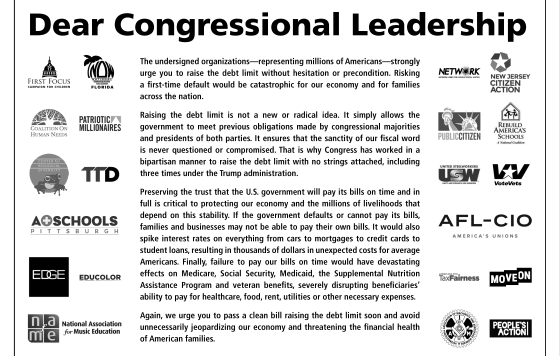By Melissa Everett, Connecticut Clean Energy Program Manager
The streets of New York were supercharged yesterday at the People’s Climate March, not only by the sheer numbers but with the inventiveness of the communication that came up from the throng of well over 300,000. Posters, shirts, large puppets, and larger pop-up sunbursts – all the handmade expressions that citizens without advertising budgets can muster when they are highly motivated. And this was a highly motivated group indeed. Popular around me was the call-and-response chant:
Tell me what democracy looks like. This is what democracy looks like.Sponsored by over 1200 organizations including Clean Water Action, the march was timed to set the stage for the UN working meetings beginning Tuesday, which formulate the agenda for the Paris meetings a few months ahead. Participants were organized in waves to represent all the constituencies whose voices must be heard, from indigenous communities and vulnerable populations to solution-generators like the clean energy and clean water economic sectors. Bringing those voices together to call for decisive international agreements and national policy shifts -- that is democracy at its best. But it is not enough. Innovative policies require sustained political will. That, in turn, requires ongoing inspiration and sense of possibility. Returning from the march, hundreds of thousands of people are re-entering their jobs, households, and communities with a choice about what is next. Watching the international negotiations may be sport enough for some, but it is not the most powerful thing we can do. One powerful commitment, I would argue, is driving the shift to clean energy back home. In New England and New York, my primary stomping grounds, there are abundant citizen-led initiatives to create local energy plans, market solar power, and make energy-efficient choices as normal as wearing seat belts. Local energy task forces and similar groups are often populated by ingenous, motivated citizens who work alongside government (or out in front) to get the next solar panels on the school and the next EV charger at Town Hall. And that ongoing, determined work reminds our communities that energy choices affect us close to home. Those knowledgeable citizens are also critical as watchdogs for state energy policy. Connecticut, for example, is at a crossroads. The state has met the initial carbon reduction goals of its 2006 Climate Action Plan, but has no sign of a plan (or a planning process) for the more difficult reductions that are still needed. When Connecticut Light & Power recently petitioned for a $235 million rate hike, most of it was drawn from higher fixed fees that disproportionately affect solar households. Clean Water Action and many allied organizations pushed back, calling for an overall energy pricing strategy that reflects the state’s commitment to scaling up renewables. Political support was such that the Malloy Administration added its voice of opposition to the hike. The People’s Climate March was not just an appeal to authority. It was an expression of power. Let us keep that in mind.
Related Posts
Stay Informed
Get the latest updates and actions:
Thanks for signing up!
There was a problem processing your signup. Please try again.


